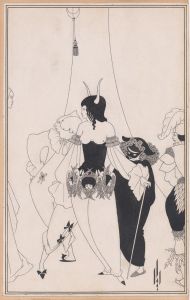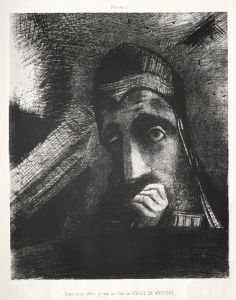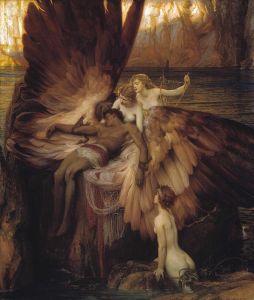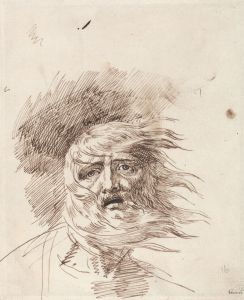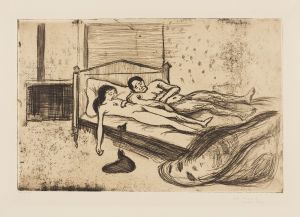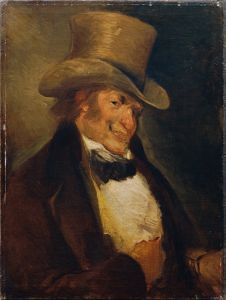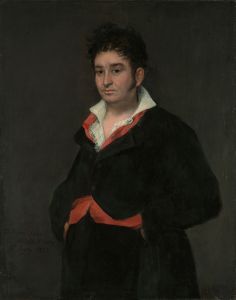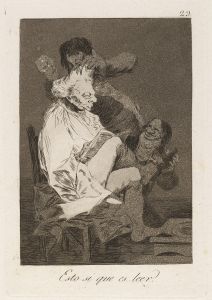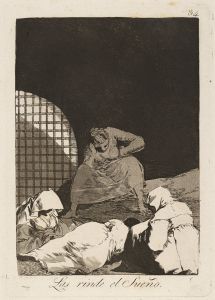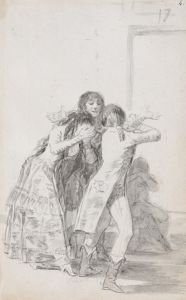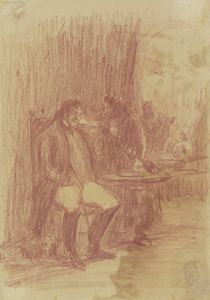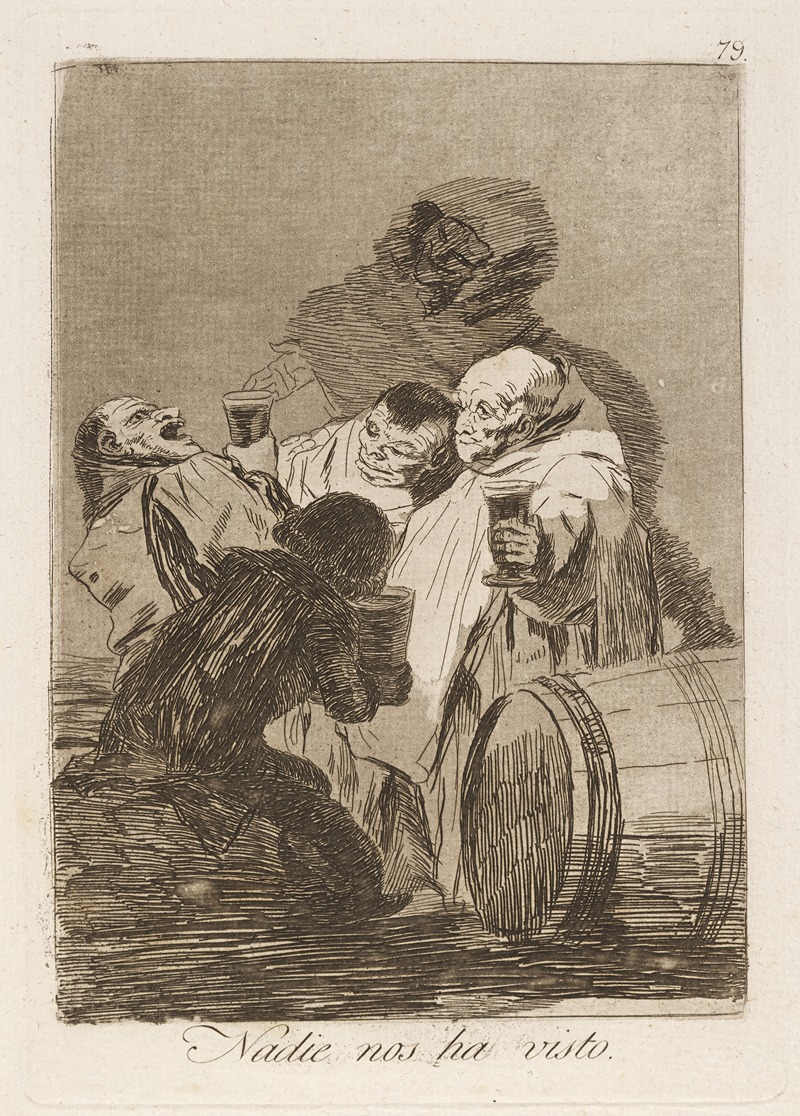
Nadie nos ha visto.
A hand-painted replica of Francisco de Goya’s masterpiece Nadie nos ha visto., meticulously crafted by professional artists to capture the true essence of the original. Each piece is created with museum-quality canvas and rare mineral pigments, carefully painted by experienced artists with delicate brushstrokes and rich, layered colors to perfectly recreate the texture of the original artwork. Unlike machine-printed reproductions, this hand-painted version brings the painting to life, infused with the artist’s emotions and skill in every stroke. Whether for personal collection or home decoration, it instantly elevates the artistic atmosphere of any space.
Francisco de Goya, one of Spain's most renowned painters, is celebrated for his profound impact on the art world, particularly through his works that capture the complexities of human nature and society. Among his extensive oeuvre, "Nadie nos ha visto" is a painting that reflects Goya's unique style and thematic concerns. However, there is limited information available about this specific work, as it is not one of his most widely studied or documented pieces.
Goya's career spanned the late 18th and early 19th centuries, a period marked by significant political and social upheaval in Spain. His works often delve into themes of human folly, the darker aspects of society, and the impact of war and conflict. Goya's paintings and prints are known for their emotional intensity and innovative use of light and shadow, which convey a sense of drama and psychological depth.
While "Nadie nos ha visto" is not as well-documented as some of Goya's other works, such as "The Third of May 1808" or "Saturn Devouring His Son," it is likely that this painting shares thematic elements common in Goya's art. His works frequently explore the tension between reality and illusion, the visible and the hidden, which may be suggested by the title "Nadie nos ha visto," translating to "No one has seen us."
Goya's artistic style evolved significantly over his lifetime. He began his career with more traditional and formal portraits, often commissioned by the Spanish court. However, as he matured as an artist, his work became increasingly personal and expressive. This evolution is evident in his later works, which often feature more abstract and symbolic elements, reflecting his disillusionment with society and the human condition.
The lack of extensive documentation on "Nadie nos ha visto" makes it challenging to provide a detailed analysis of the painting's composition, subject matter, or historical context. However, it is important to recognize that Goya's art often serves as a mirror to the societal and political issues of his time, using allegory and symbolism to critique the world around him.
In summary, while specific information about "Nadie nos ha visto" is scarce, understanding Goya's broader artistic themes and historical context can provide insight into the potential significance of this work. Goya remains a pivotal figure in art history, known for his ability to capture the complexities of the human experience with a profound and often unsettling clarity. His legacy continues to influence artists and captivate audiences worldwide.





